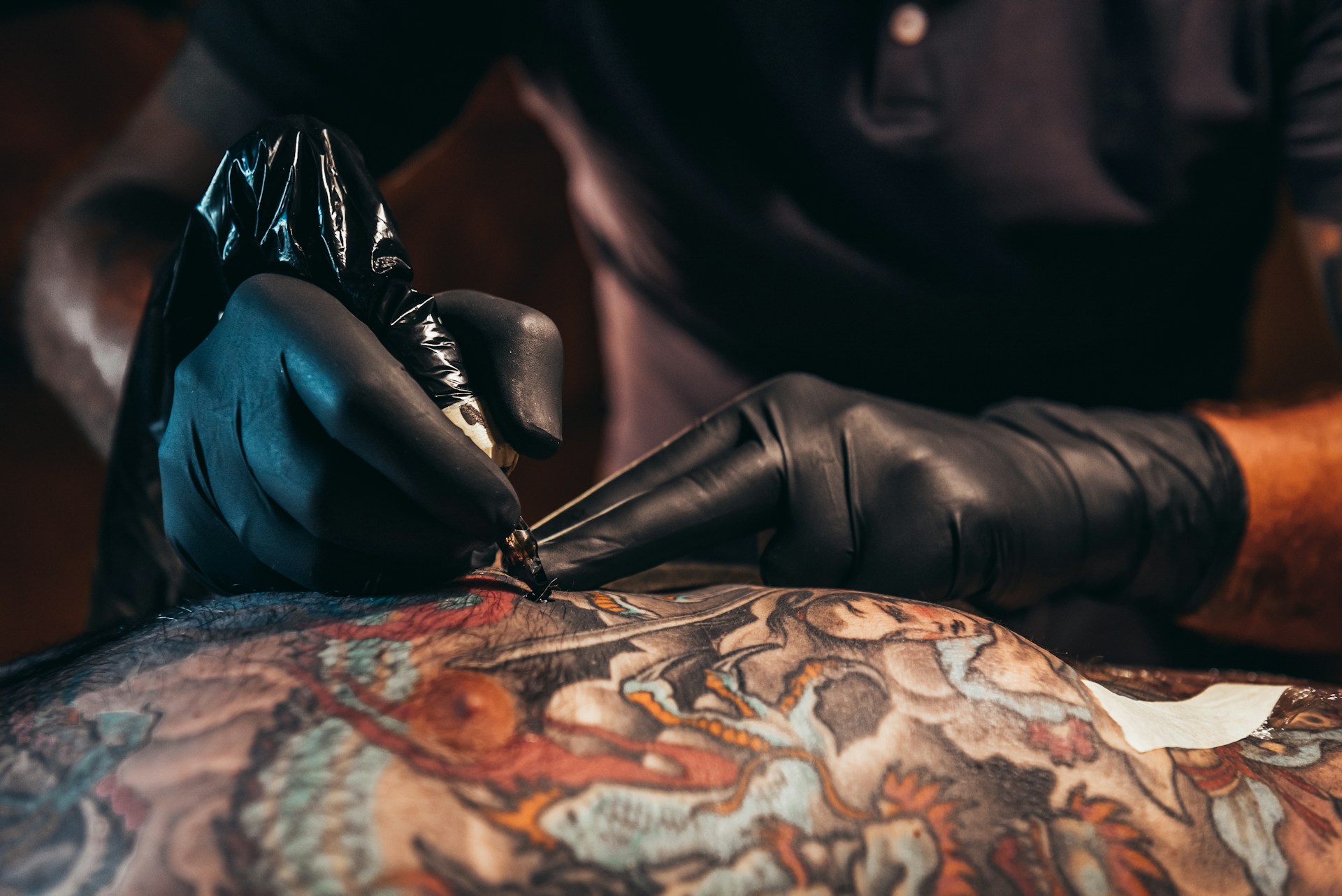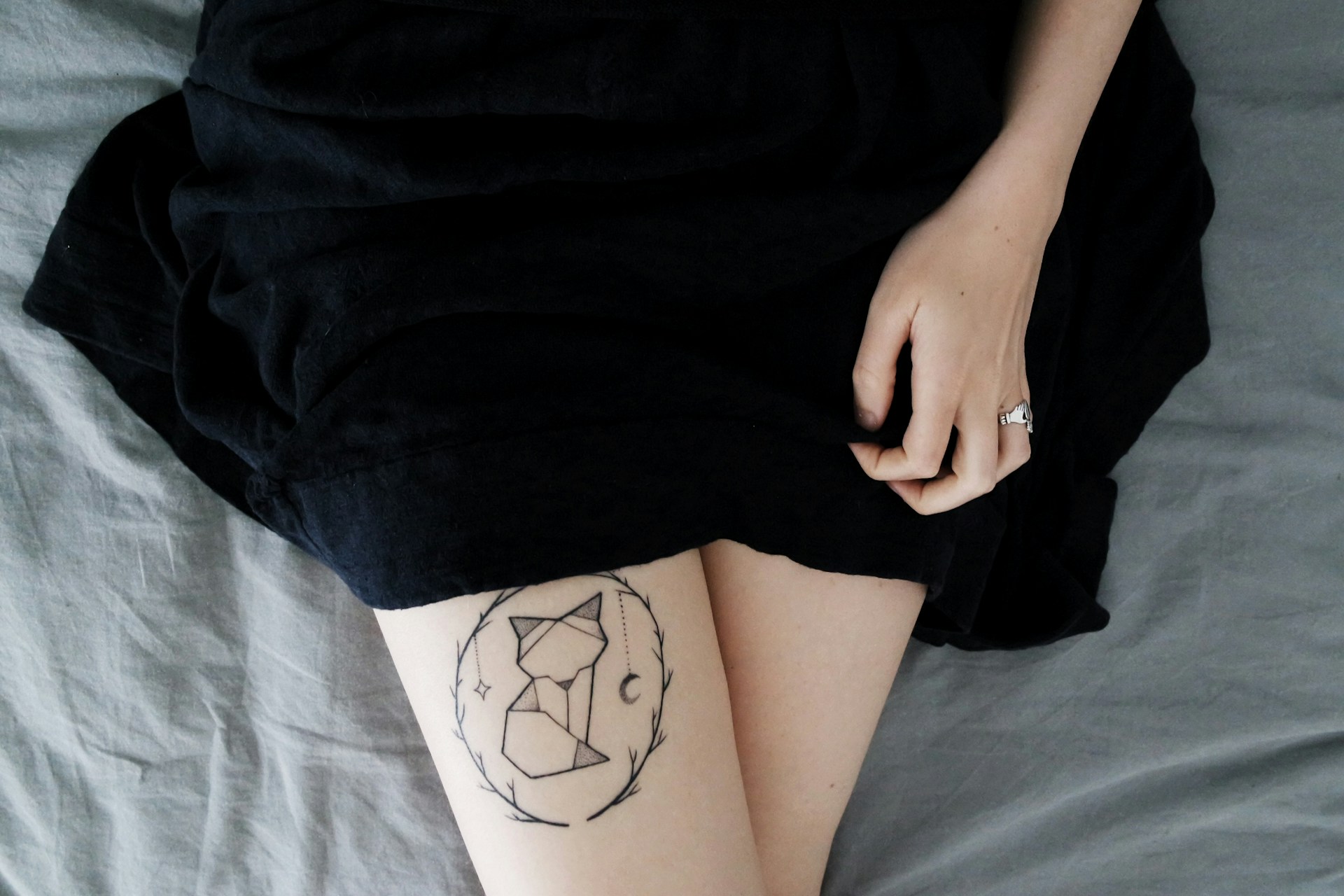You’ll know a freshly-inked individual from the crowd when you spot cling wrap around their still-dripping piece. Though the center of a heated discussion regarding whether or not to cover up your tattoo, some of the best tattoo artists will recommend it to keep your piece protected from external infections. It’s important to note that a vital step towards a fully-healed tattoo is to allow it to air-dry in a clean environment. If you’re caught in the middle of the wrap and no-wrap debate, here are a few crucial things to note.
The Benefits of Wrapping Your Tattoo
In some countries, it’s legally required of a tattoo shop to wrap newly-applied pieces in sterile bandages to prevent the spread of infection. This also limits the airflow to the surface of the new piece, providing a protective layer against bacteria and other antibodies. Furthermore, it gives you control over the tattoo’s environment and prevents it from knocks and contact in crowds.
When to Wrap Your Tattoo
Most artists will suggest keeping a wrap on for at least an hour after leaving the shop. Here’s a quick run-down of when to wrap your new tattoo.
- After your session
After completing a session, artists will wrap a fresh tattoo with cling film or a sterile bandage that is taped down with medical adhesive (micropore tape).
- While in bed
Getting a good night’s rest is a prime opportunity for bacteria, dust, or fluff to come into contact with your tattoo through your bed linen. This can be exacerbated by laying on it or tossing and turning throughout the night.
- When wearing tight clothing
As a general rule, wear clothing that is loose and non-constricting to allow your piece to breathe. Avoid wearing anything elastic or add a protective bandage under such clothing.
- When in a crowd or playing contact sports
While you might not always be able to avoid a crowd, it’s unadvisable to jump into contact sports after getting a new piece. Direct knocks or hits can cause itching or bleeding, so it’s best to avoid these activities altogether.
- When in a dirty environment
In essence, your tattoo is an open wound. If you’re working or visiting an area that is unclean, it’s best to cover up your piece with cling foil with an added layer of loose, long-sleeved clothing. Especially within a more humid micro-climate, bacteria can be stubborn, so carry around an extra set of cling wrap or two, which you can easily purchase in any supermarket or drugstore.
What to Wrap Your Tattoo With
Straight out of a completed session, artists will usually wrap your piece in a sterile bandage. This will be taped down and kept on for at least an hour after leaving the shop. Alternatively, you can use cling wrap, a cheesecloth, or muslin cloth, which are gentle substitutes for sterile bandages if they are unavailable to you. When taping down your tattoo, ensure that the micropore doesn’t stick to your new piece.
Conclusion
While not aesthetically pleasing, cling wrap is meant to keep your tattoo clean and safe from external factors. One rule of thumb is to avoid tight clothing, refrain from playing contact sports, and to skip out on pool parties for at least two weeks.
For an award-winning piece that you’ll want to showcase, drop by Lucky Deville Tattoo Co and collaborate with some of the best tattoo artists in Buffalo! Ready to get inked? Contact us to set up an appointment.



